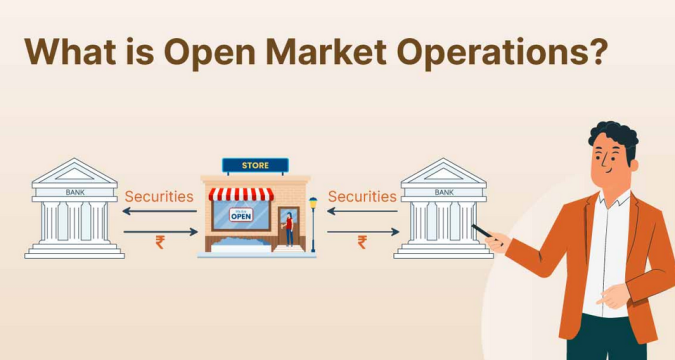
In a non-open market, buyers and sellers cannot directly interact with one another. The buyer and seller in a non-public market meet in a private setting to conduct business. Both the vendor and the buyer can benefit from this arrangement; the seller receives a reasonable price for their wares (typically higher than they would have received in a free market), while the buyer obtains a product that was previously unavailable to them.
To have productive negotiations, it’s crucial that both parties approach the table with a sense of trust and respect for one another. The reason for this is straightforward: the negotiations cannot proceed if one side loses faith in the other. For this reason, it’s crucial to only conduct business with reliable parties.
The negotiations in a closed market can be divided into two parts. At the initial stage, the two parties negotiate a price and then sign a contract.
According to the nature of the goods and services being exchanged, the agreement could be for a single transaction or encompass a number of separate transactions. Each party honours their end of the bargain once the sale is finalised by delivering the agreed-upon items and receiving payment in accordance with the terms of the agreement.
Using a closed market has many advantages, but it also carries certain risks if you aren’t cautious. Deals that don’t involve the open market aren’t exempt from the hazards that come with doing business in general.
One of the most important things you can do to reduce the likelihood of this happening is to have a written agreement from the vendor before you meet with them. Hence, after the initial encounter, there will be no room for confusion.
Non-open market deals, despite the risks, have proven to be an effective motivator. Non-open market deals were the foundation on which many of the world’s most successful enterprises were built.
Computer sales were Jobs and Wozniak’s first venture into the non-open market. Even though there’s no assurance that similar arrangements would lead to the same level of success as Apple’s, it’s undeniable that they can be helpful under the appropriate conditions.
This means that you should be familiar with both the open market and non-open market approaches to conducting business. In business, what’s ideal for one individual might be disastrous for another. You should be able to decide with confidence after reading this.
There are a number of characteristics that set non-open markets apart from others:
One is more about sociability than profit. In most cases, market participants are not looking to make a profit but rather to share resources with others.
Second, they are a charity. Organizations like these are run for the good of their members, and their members don’t actively pursue the greatest possible financial gain for themselves.
There is no way in, as #3. Membership is through application, invitation, or invitation only due to a capped membership size. Someone can’t just stroll in off the street and start working (a point from which they can freely “cherry pick” goods or services).
Some cooperatives use waiting lists; nonetheless, this is not a “cherry-picking” privilege. Every member will have the same opportunities to enjoy the perks of membership, and those on the waiting list will be treated fairly.
In addition, they slow down the market. At any given time, sales cannot exceed a predetermined quota.
5. They calculate input costs in a different way. The market participants or a middleman may decide on a price for them. A daycare centre, for instance, may bill parents on an hourly basis.
It might also charge according to the number of children it helps, with the cost of the operation being multiplied by that figure. Prices in a non-open market are not exclusively determined by supply and demand but are instead determined in relation to the prices of similar goods and services in other locations and/or periods of time.
Six, they use a form of direct democracy to make market-related decisions. Not only does this keep the market from being dominated by a few powerful companies, but it also promotes fairness and unanimity when making decisions.
An elected committee determines the guidelines for the closed market, ensuring that everyone participates on an equal footing and that outsiders cannot “pick and choose” from the regulations as they see fit. This is done so that all buyers and sellers in a closed market receive the same quality of product or service.
They usually publish a directory of their offerings so that no one may demand something from another member without first providing something of equal or greater perceived worth.
This is why a closed market might facilitate the purchase of luxury items by those who might not otherwise be able to afford them.
In the absence of open markets, consumers may be forced to pay exorbitant prices for necessities such as food and shelter. Many non-open marketplaces, especially those based on mutual trade, publish product and service listings.
They have set opening and closing times (number 8). Non-open markets can be made open to new members at certain times and closed at others.
A store may, for instance, only be accessible on Saturday mornings. This prevents new traders from joining the market the following week. As this is past the closing time of the market, we say that it is closed.
Any company wishing to expand into a new field or region should seize the chance presented by a closed market. Firms can get an advantage over the competition by developing a strategy that takes into account the peculiarities of a closed market.
